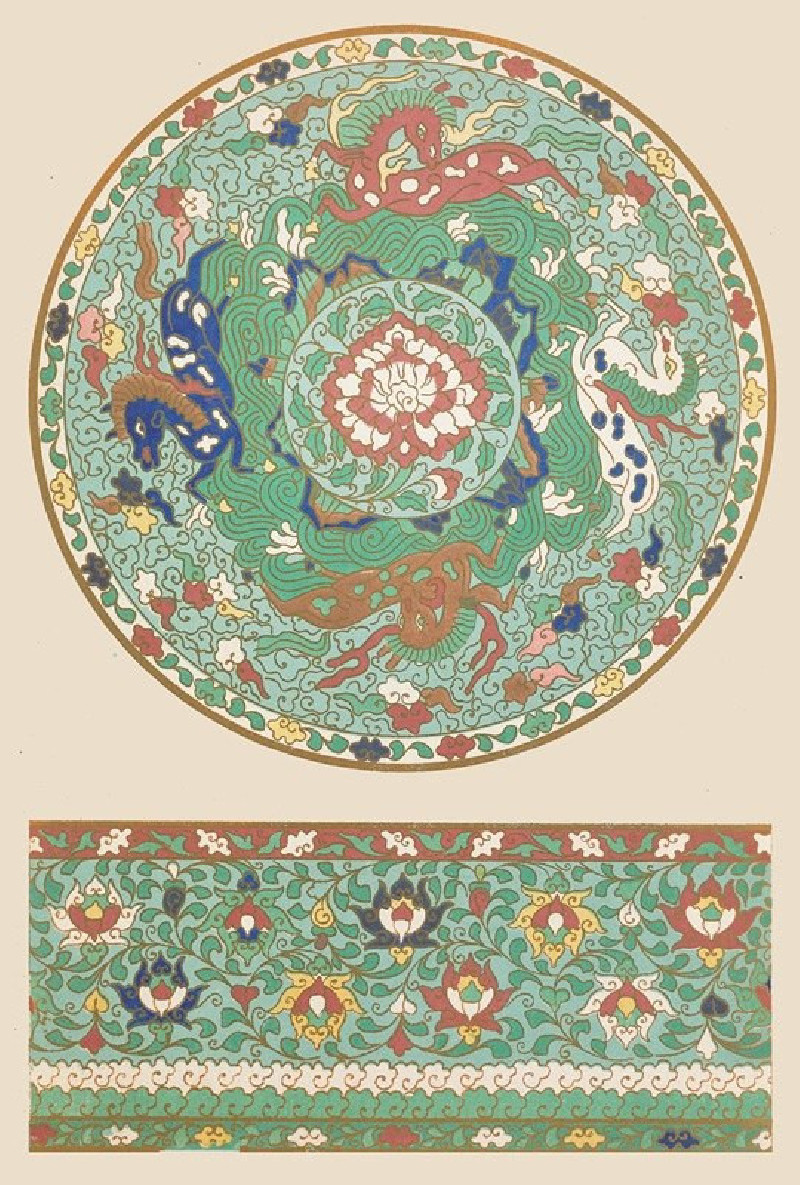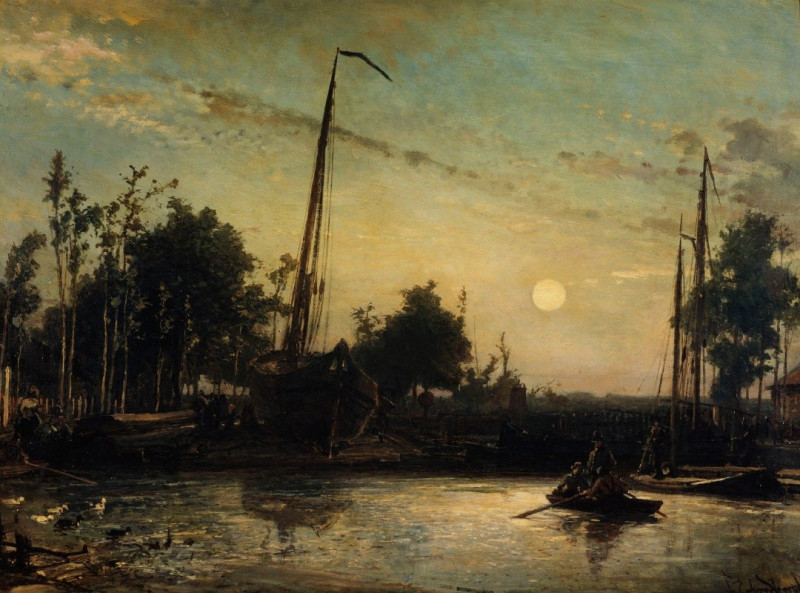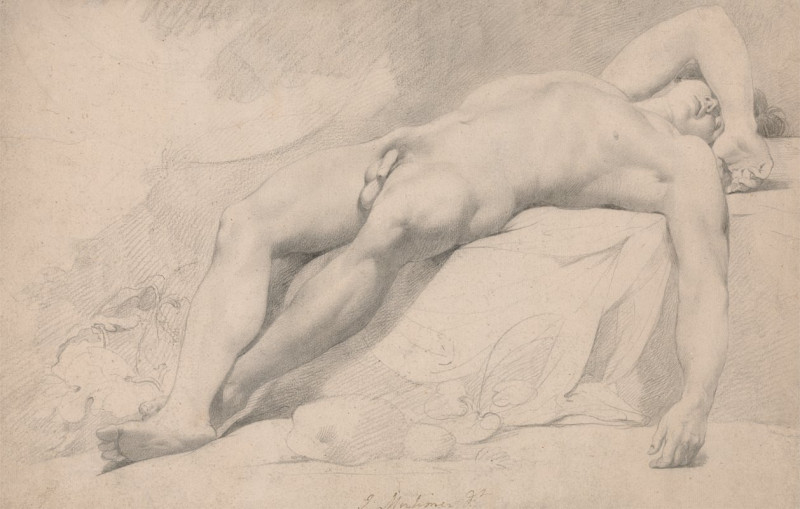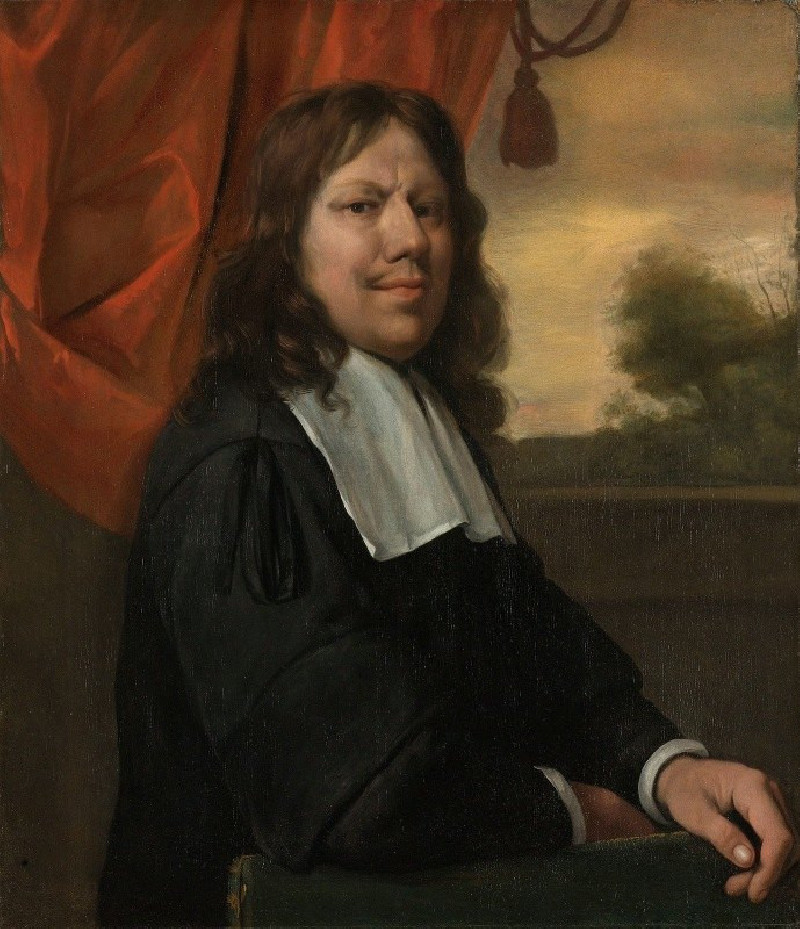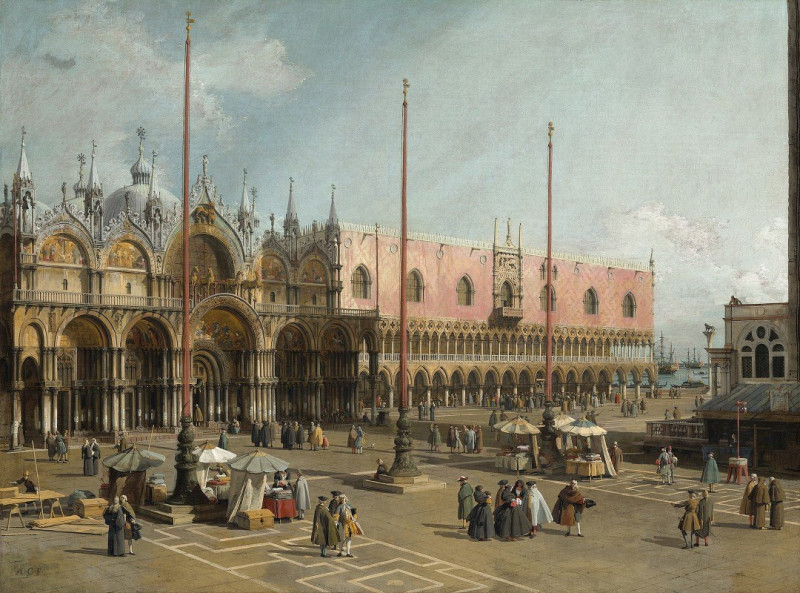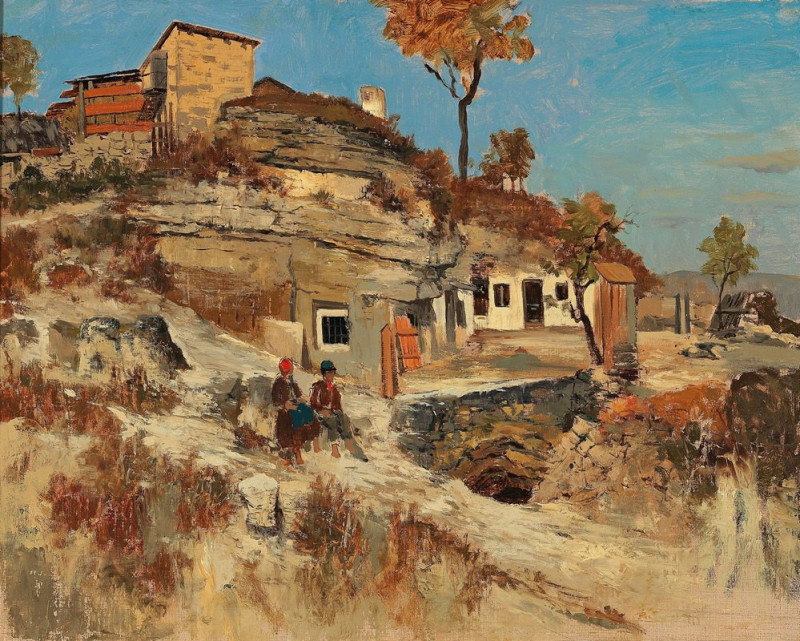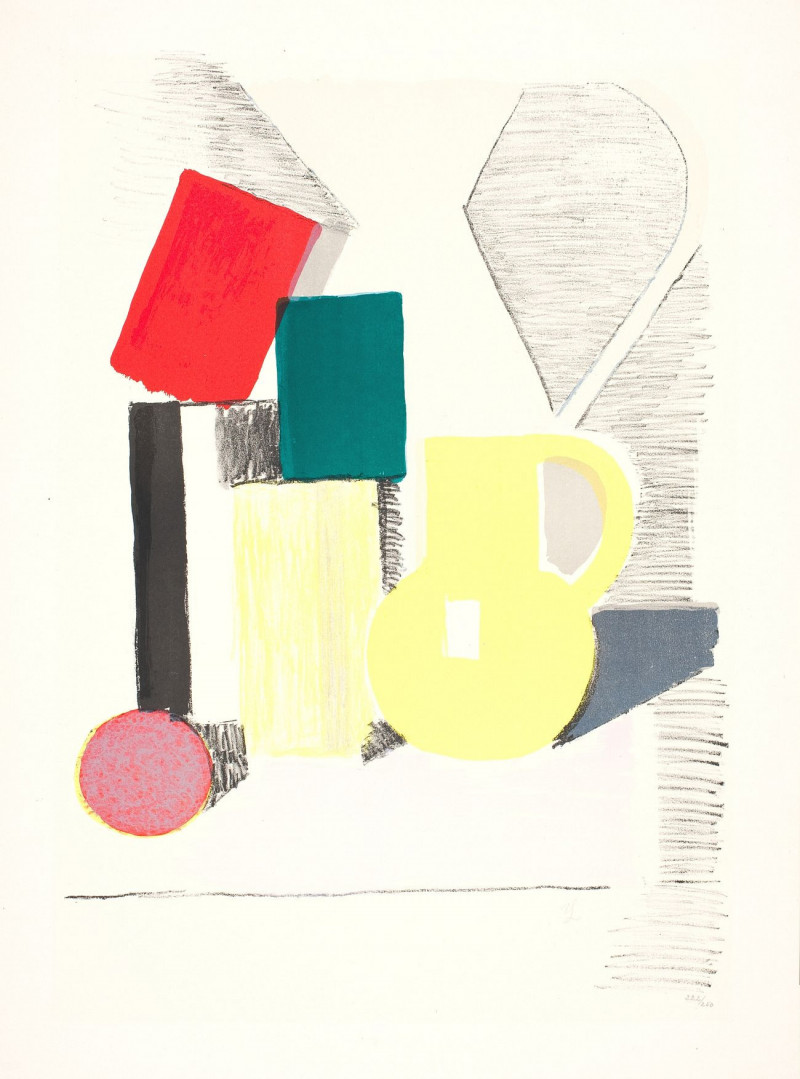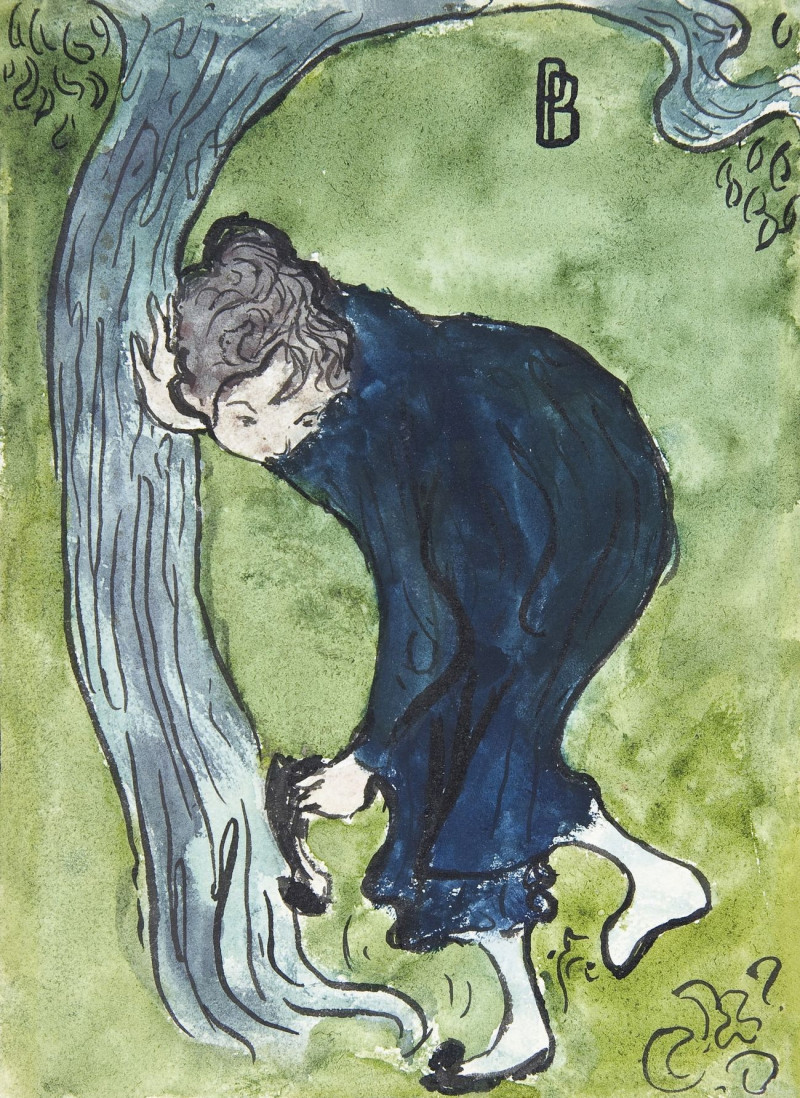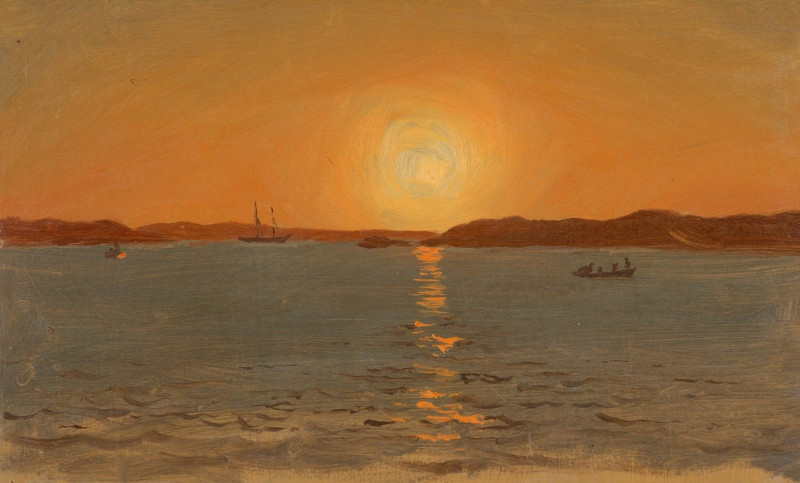from dry branches (1934)
Technique: Giclée quality print
Recommended by our customers
More about this artwork
"From Dry Branches" (1934) by Paul Klee is a fascinating exploration of form and texture through the medium of a simple yet evocative line drawing. This artwork exemplifies Klee's masterful ability to infuse life and emotion into the most basic elements of art.The painting itself consists of tangled, intertwined lines that may resemble dry branches stretching across the canvas. These lines do not strictly adhere to the natural appearance of branches but rather suggest their essence in a stylized, abstract form. The composition conveys a sense of organic growth, delicately balancing between randomness and control. The ink lines, with their varying thickness and density, mimic the rough, uneven texture of dried wood, evoking a tactile quality that invites the viewer to feel the brittle nature of the depicted subjects.Klee’s use of a subdued beige background serves to highlight the stark black forms of the branches, making the network seem both intricate and prominent. The simplicity of the color scheme focuses attention on the play of lines, allowing the viewer to wander through the twists and turns of Klee's creation."From Dry Branches" is not just a visual representation, but also a metaphorical journey, potentially symbolizing the complexity of life's paths, the interconnection of natural elements, or the beauty found in decay.
Delivery
Returns
Paul Klee was a Swiss-born German artist. His highly individual style was influenced by movements in art that included expressionism, cubism, and surrealism. Klee was a natural draftsman who experimented with and eventually deeply explored color theory, writing about it extensively; his lectures Writings on Form and Design Theory (Schriften zur Form und Gestaltungslehre), published in English as the Paul Klee Notebooks, are held to be as important for modern art as Leonardo da Vinci's A Treatise on Painting for the Renaissance.
































